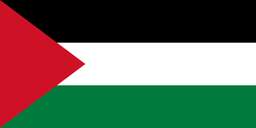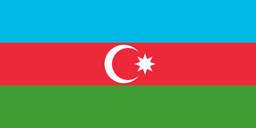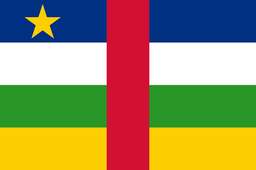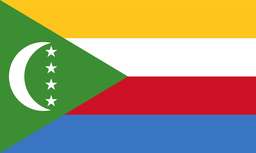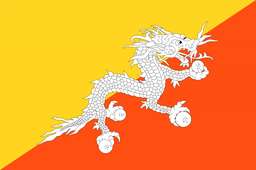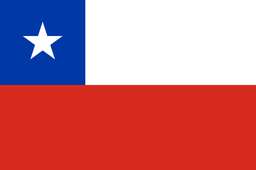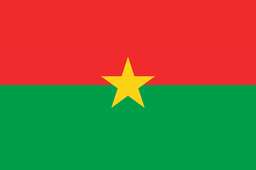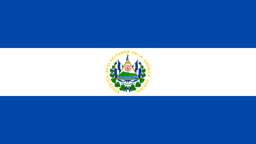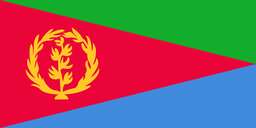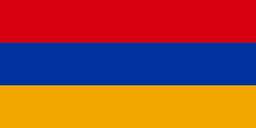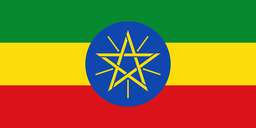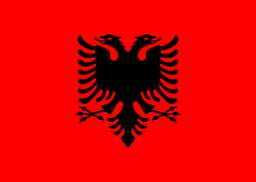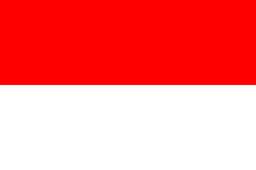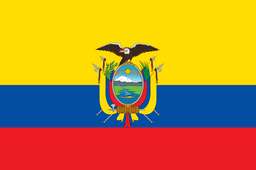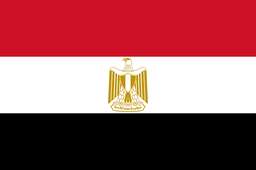Pakistan is a nation in South Asia. China, Afghanistan, Iran, India, and the Arabian Sea use north, west, northwest, east, and south. Having a population of well over 220 million, it ranks sixth among all the countries on Earth. Still, a great legacy of rich history exists outside the present numbers that have shaped this country into what it is now.
Indus Valley Civilization
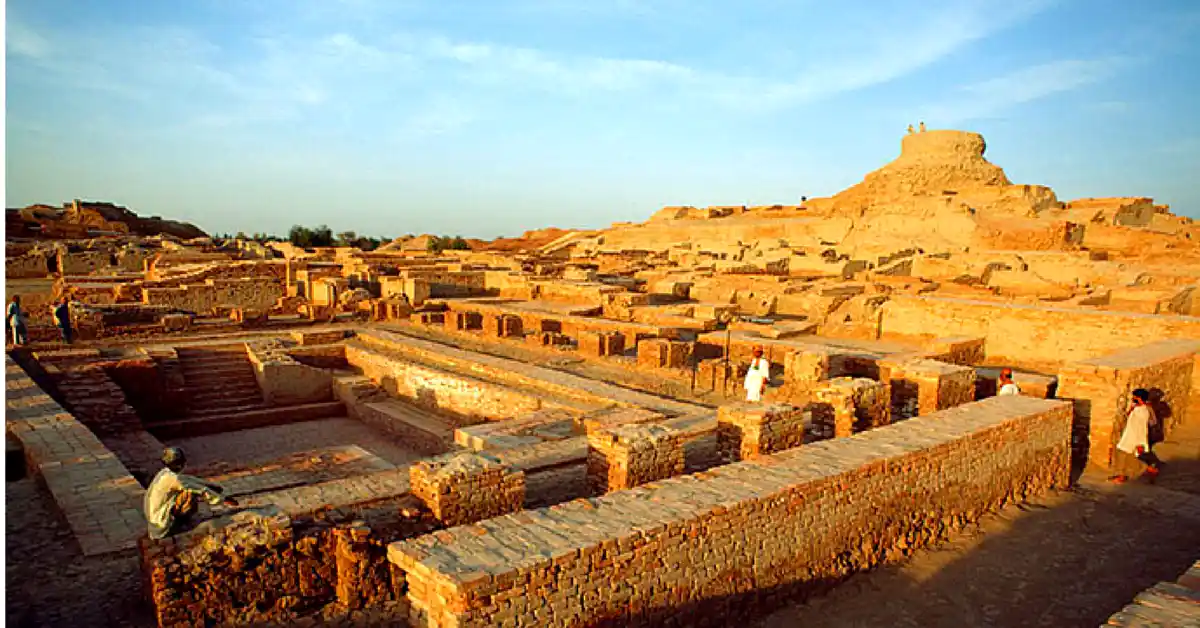
Since Pakistan's territory was a major component of various empires or civilizations in the past, modern Pakistan boasts many civilizations for study. Their well-organized towns included highly advanced sewage systems and well-developed commerce routes. Two of the most well-known towns in the ancient civilization, Mohenjo-Daro and Harappa, are depicted through the remnants of this province.
Arrival of Islam
Arab traders in the eighth century CE carried the Islamic message to Pakistan's southernmost point. But only in the 11th century, when Mahmud Ghazni arrived, did Muslim supremacy start. For the area, it was a pivotal turning point since Islamic culture would combine with regional customs going forward.
Mughal Empire
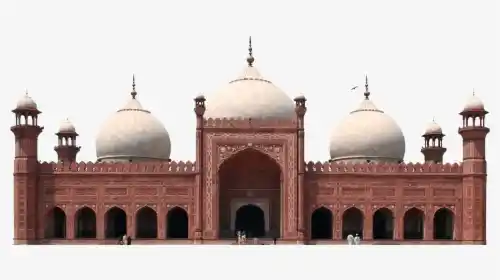
Under Emperor Babur, the Mughal Empire of the 16th century invaded portions of today's Pakistan in South Asia. The Mughal Empire underwent a cultural and architectural rebirth under Akbar the Great. One of Pakistan's main cities and the capital of the empire, Lahore, grew to be. Beautiful monuments like the Badshahi Mosque adorn Lahore.
British Rule
In 1857, the British ousted the Mughal Empire to take over the Indian subcontinent. It covered a period of colonization almost equal to one hundred years. Being a necessary component of British India, Pakistan has a strategic importance that has also given it a varied cultural impact.
Formation of Pakistan
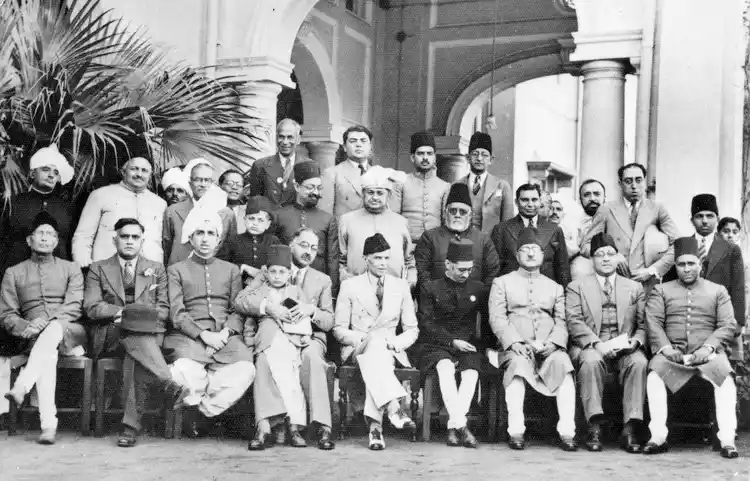
Comprising two regions split over more than a thousand miles, West Pakistan (present-day Pakistan) and East Pakistan (present-day Bangladesh) make up the country. Consequently, a geographical separation resulted in challenges to uniting into a country but also created fascinating combinations of languages and cultures.
Recent History
Following its independence, Pakistan had various political upheavals, conflicts with India, and finally, the development of a democratic system of governance. East Pakistan, together with its inhabitants, declared its independence from West Pakistan in 1971, therefore establishing Bangladesh. Still, the nation had political unrest and terrorism as challenges.
Cultural Heritage
Many objects in Pakistan reflect its cultural legacy from past times. From Islam, Islamic leaders, Mughal emperors, British colonists, and the Indus Valley Civilization, it has never been short of many cultures, customs, dialects, and traditions. Pakistan also features religious structures and historical archaeological sites, appealing to millions of visitors worldwide.
Religion
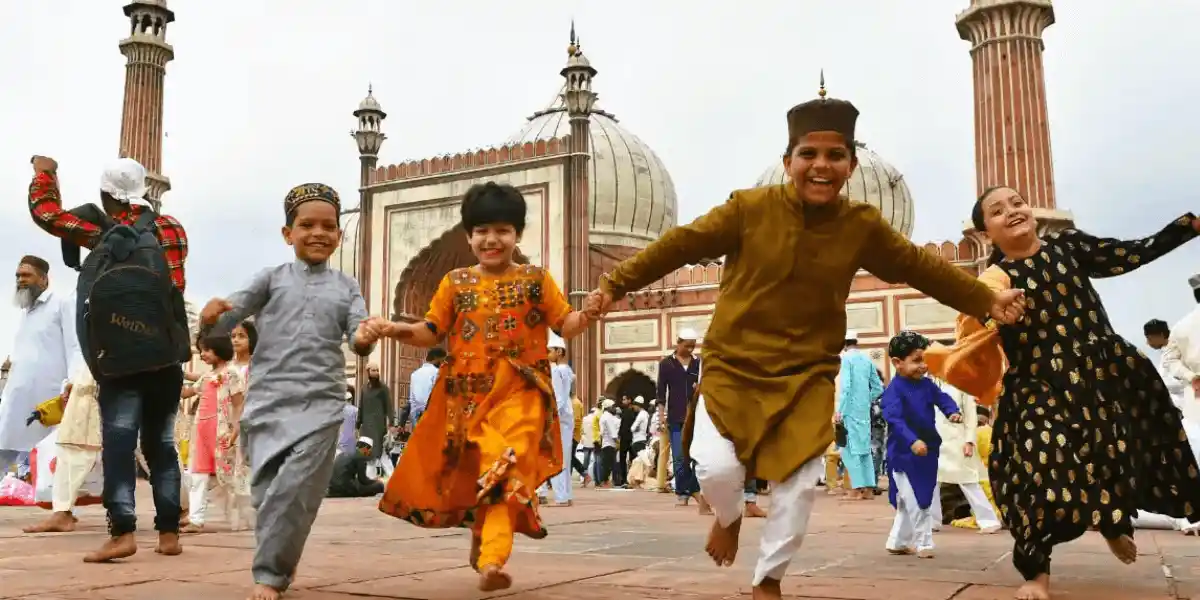
Of Pakistan's population, about 96% are Muslims who follow their faith attentively. Islamic values and practices have been more hardwired in the public culture, profoundly impacting it. Five times a day, people will hear the call to prayer; religious fests, including Eid-ul-Fitr and Eid-ul-Adha, proliferate.
Arts and Crafts
A historic sector continuously carried down generation after generation in Pakistan is art and handicap. Among the more popular traditional art forms are calligraphy, pottery, woodwork, embroidery, and mirror craftsmanship. Pakistani handicrafts are ready from nature and have delicate designs and vivid colors.
Language and Literature
Over 70 languages are spoken in its areas, and Pakistan boasts a culturally varied tapestry. That is also a sign of the people's unity and fits seasonal language. Still, English is extensively employed in official and educational spheres. Reflecting the national multilingual ethnic diversity, Punjabi, Sindhi, Pashto, and Balochi are the national regional languages. Pakistani literature is rich in modern works, prose, and classical poetry, as well as in its legacy.
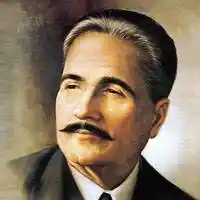
There are rich indigenous languages similar to Sindhi and Punjabi, and Urdu is a growing language with muses like Allama Iqbal and Faiz Ahmed Faiz, well-known for their benefactions. Likewise, liar and oral traditions are substantially part of Pakistan's artistic identity.
Music and Dance
Along with traditional and modern genres, music forms one of the components of Papartsani culture in Pakistani societies. Then there is classical music, including qawwali, a kind of Sufi devotional music, which is very beautiful and captivating, and the ancient sitar and tabla traditions. Local culture and topics will affect the folk music that is performed somewhere. Apart from that, Pakistan has produced outstanding bands like Junoon and Vital Signs, to mention a few; its contemporary genres, including pop and rock, are also rather famous. People often showcase traditional dance forms, such as Bhangra and Luddi, which reflect the vivid spirit of the people, during holidays and celebrations. These lively motions, striking clothes, and actors fill any stage with passion and delight.
Cuisine
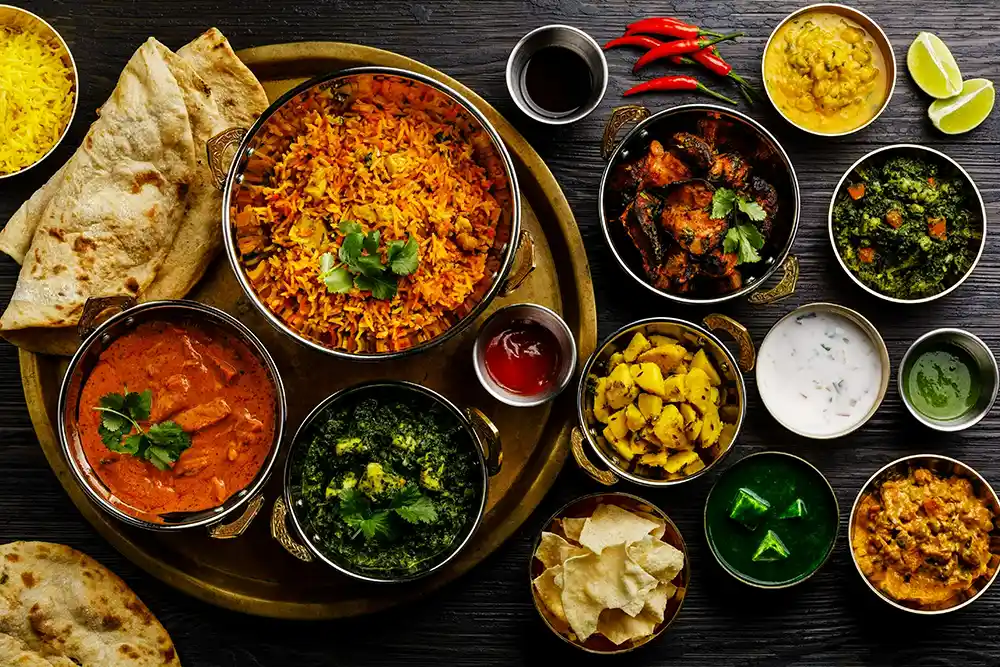
Pakistani cuisine is a real synthesis of tastes and flavors from the history and culture of the nation. Served with curry, biryani, kebab, Naan, or rice. Pakistani food derives its complexity from cardamom, coriander, and cumin, which makes it everyone's favorite. Popular are angel dishes, similar to Rogan Josh with Punjabi nihari and Baluchistan sajji, as well as biriyani, one of Pakistan's most exported foods.
Festivals and Celebrations
Based on its religious foundation, Pakistan boasts several celebrations annually to narrate the tale of its great cultural diversity and legacy. Celebrated with tremendous fervor after Ramadan, the holy month of fasting, Families should pray at this time and exchange meals and gifts among themselves. Eid al-Adha also marks the day when Prophet Ibrahim was prepared to offer his son if God so ordered. People honor this day by following the Prophet Ibrahim's example and sacrifice of animals; next, come feasts and philanthropy. These events and festivities draw people and show the vibrant convention Pakistan is part of, therefore reflecting the active character of our country.
Culture
Since Pakistani culture is so varied overall, the traditional attire differs greatly depending on the area. Men's and women's public wear is the shalwar kameez, worn in fabrics and styles based on the occasion and temperature. Women also wear vibrant dupattas, lavalieres, and unheeled jewelry; males wear waistcoats or turbans to round out their suits. Moreover, regional clothes highlight the distinctive customs of the same kinds of areas. For example, women in Sindh typically wear vividly colored gowns with embroidered and mirror work; in Balochistan, the traditional garments have fine embroidery and strong designs. Warm wool is also worn in northern regions to help offset their colder temperature. The simplicity seen in clothes is varied; it wasn't expressed as a particular fashion and instead shows the ingenuity and legacy of the people while also displaying the harmony among the heterogeneous culture of Pakistan.
Moving Forward
Pakistan is still under development after overcoming several difficulties in the past. It is still developing towards a contemporary nation status and enjoys the fortune of a rich cultural background. Globally, it is still a major participant and has had successes in sports, technology, and education. The people of Pakistan are immensely proud of their capacity to succeed in the face of hardship. Its strong celebrations, classic music, and cuisine help to highlight its rich cultural legacy. Basant, when people mark the beginning of spring, and Independence Day on August 14, is celebrated with great delight and energy throughout the nation. In the domains of science, art, and worldwide projects, Pakistan has made a great deal of contribution.
The Role of the Diaspora
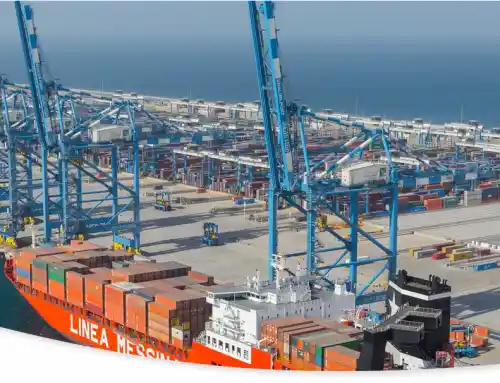
Serving as a link between Pakistan and the rest of the globe, Pakistan's diaspora is one of its best assets. The remittances sent home by Pakistanis living overseas greatly benefit their native country since they help boost the economy and quality of life for our people in countless different ways. Through service in technology, medicine, politics, academics, and arts, the brilliant and driven Pakistani people show it; the Pakistani diaspora has gained distinction in cultures worldwide. Engagement of the diaspora about investment and community building can help the country to grow even more.
Challenges and Opportunities
Like every country, Pakistan has numerous problems and challenges that must be addressed, and so, action has to be taken. Political unrest, economic disparity, poor primary quality education, and insufficient basic healthcare continue to plague the nation. Further environmental issues now include deforestation, water shortage, and sensitivity to climate change. Dealing with these pressing issues calls for coordinated national plans, large-scale investments, and a reorientation of sustainable growth. Still, there are a few chances when Pakistan would be well-located. The nation is blessed with special potential as a commercial and transit center since it stands at the junction of South Asia, Central Asia, and the Middle East. Still, Pakistan has great economic potential if it teams with surrounding nations and encourages regional cooperation—a strong middle ground for global trade. Furthermore, the development of technology and creativity in many spheres of the country, including IT and renewable energy, shows a country preparing for a more forward-looking attitude to economic difficulties as well as prosperity and employment.
Political Landscape (2018-2024)
.webp)
A pivotal time of a new administration, significant political and economic reforms, and many social changes started in Pakistan between the years 2018 and 2024. After the general elections last July, Imran Khan's Pakistan Tehreek-e-Insaf (PTI) party emerged with federal and provincial governments. This threatened decades of the Pakistan People's Party (PPP) and the Muslim League-Nawaz (PML-N).
Economic Reforms
It inherited major economic problems, including inflation, a large fiscal deficit, and growing outside debt. In order to further the economy, the administration also implemented other policies, including requesting money from the World Bank and the IMF. The other PTI-led government unveiled the Ehsaas Program for poverty eradication, the Kamyab Jawan Program for young empowerment, and the Naya Pakistan Housing Program to give low-income individuals reasonably priced homes.
Social Changes
In the years 2018–2024, Pakistan also had significant social changes. Laws against harassment and more women's representation in politics and other spheres helped women to be empowered by the government. Furthermore, measures were taken to improve the educational system so that everyone could enjoy quality education.
Foreign Relations
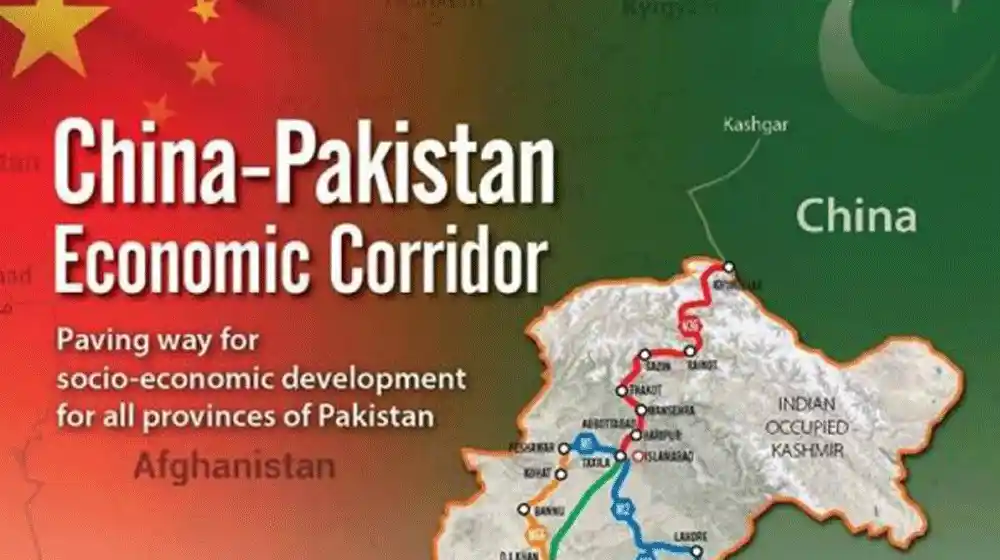
Apart from expanding its connections with China, Pakistan also extended efforts linked with the China-Pakistan Economic Corridor (CPEC), and the CPEC remained the main focus of Pakistan's foreign policy. Using new investments and labor cooperation agreements, we also tightened our links to Saudi Arabia and other Gulf countries. Pakistan's foreign policy, however, endured its most difficult times. India keeps an ongoing conflict with Pakistan on the Kashmir question, particularly following the Indian government's action to revoke Article 370 in August 2019, therefore negating the special autonomy of Jammu and Kashmir. Pakistan was quick to resist this action as well as pursue diplomatic efforts and worldwide backing for the Kashmir cause by spreading its word all over, particularly at UN venues.
Challenges and Crises
Political unrest continued to be a challenge at home since opposition parties regularly claimed mismanagement of governance and economic concerns under the PTI-led administration. That is so because it is all too often a polarizing discourse in which no-confidence motions and mass demonstrations are merely a feature of the political terrain. Early in 2020, the COVID-19 epidemic emerged and swiftly turned into a worldwide disaster, affecting Pakistan rather severely. To manage the situation, the government closed down, launched a vaccination campaign, and at last set up the National Command and Operation Centre (NCOC). Though it was hard, the outbreak revealed problems in the nation's healthcare system and set off significant economic upheavals, including job loss and slowed economic activity. One other important issue was the negative consequences of climate change. Along with floods, droughts, and heat waves that aggravated infrastructure and agricultural problems in sensitive regions, Pakistan suffered. Threatening the economy, floods from hitherto unheard-of monsoons in 2022 damaged homes and uprooted millions. The narrative of security issues was also a frustrating one since periodic acts of terrorism and militant-related activities persisted, endangering stability and peace. The comeback of Tehreek-e-Taliban Pakistan (TTP) and other extremist organizations throws the internal security operations of the present government into secondary importance. Law enforcement departments did not confront these threats since peace remained a concern; the military would not defeat them either.
Sports

Sports are a regular aspect of Pakistani people's lives; they also generate communal involvement and national pride. Cricket is the most-watched sport in the nation; Pakistanis adore their national team. Still, major events like the World Cup triumph from last year are historic successes that bind the nation. Hockey has a legendary history since it has been a national sport for the previous century and has won medals in Olympic events. Sports like squash have made Pakistan well-known in other sports: for decades, icons like Jahangir Khan and Jansher Khan held hegemony all around. In pastoral areas, traditional games, similar to kabaddi and wrestling, also reflect the artistic heritage of the society. piecemeal from that, sports like football and polo are getting increasingly popular in the nation, particularly polo, which is rather familiar in the northern areas, including Gilgit-Baltistan. Piecemeal from encouraging physical fitness, sports in Pakistan support solidarity, tenacity, and a strong identity.




